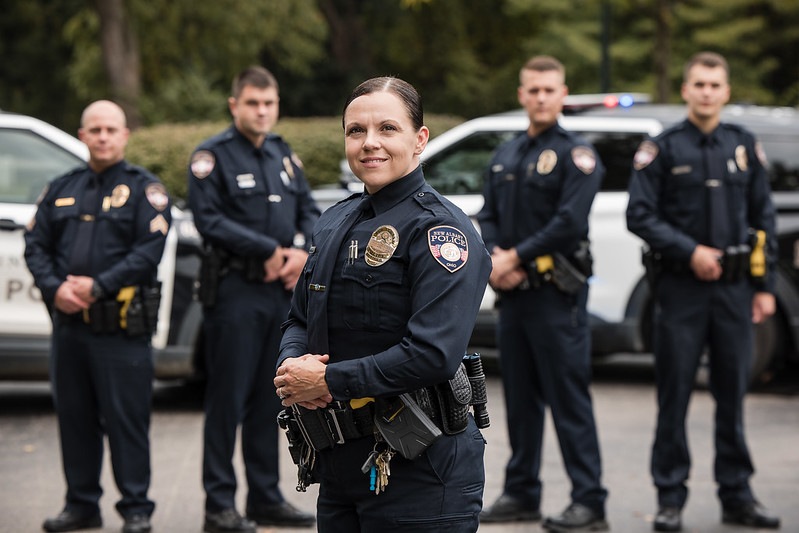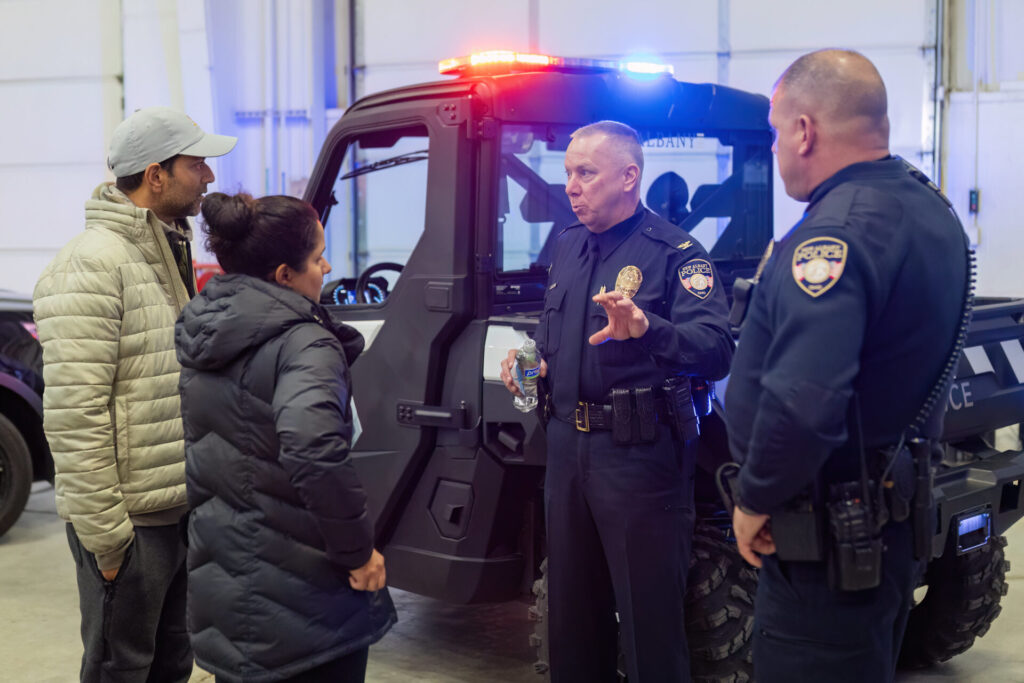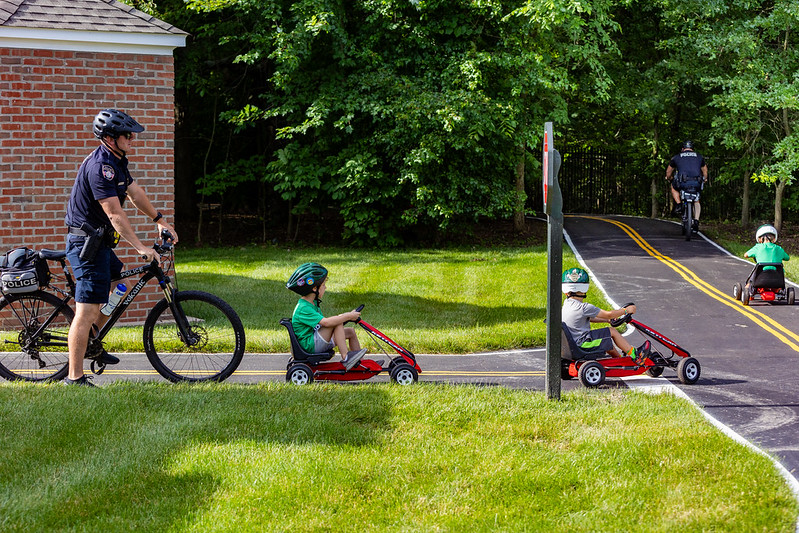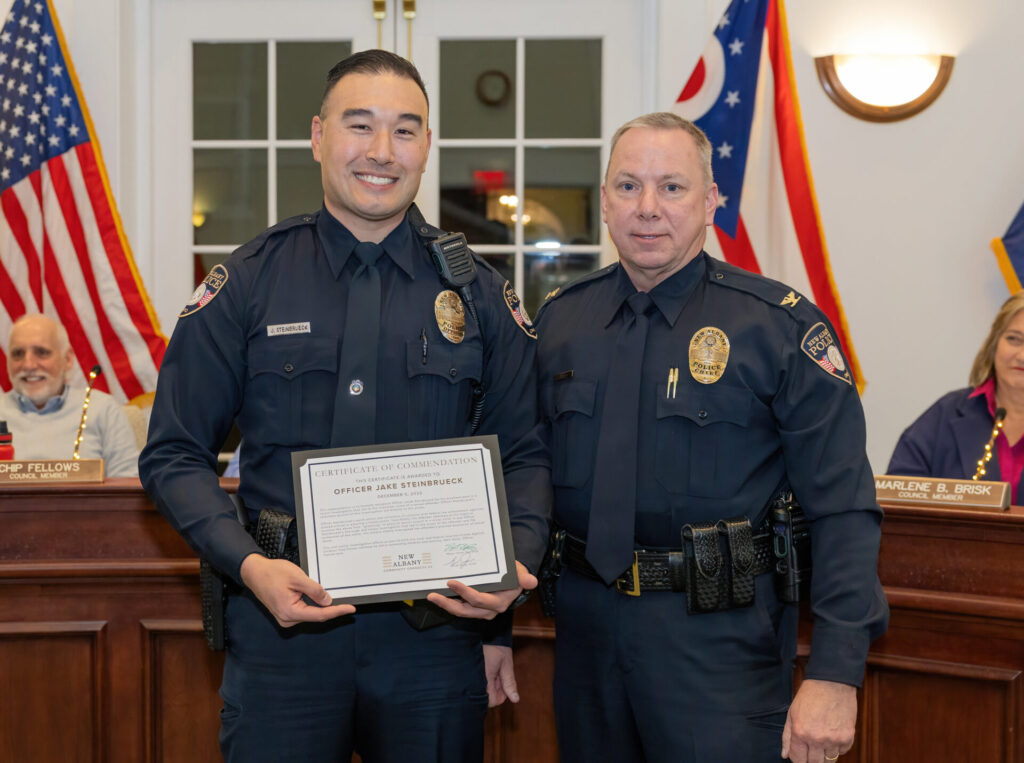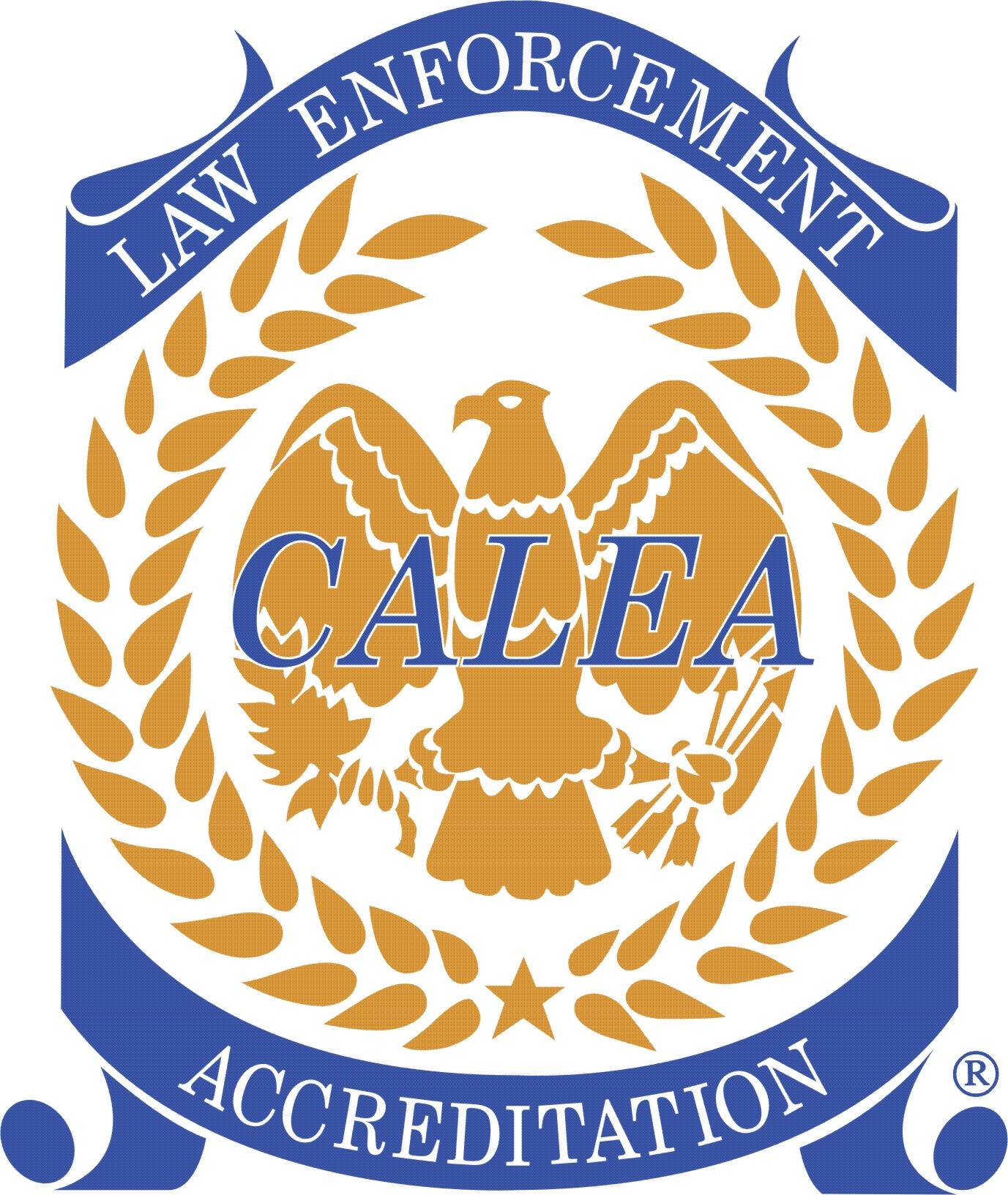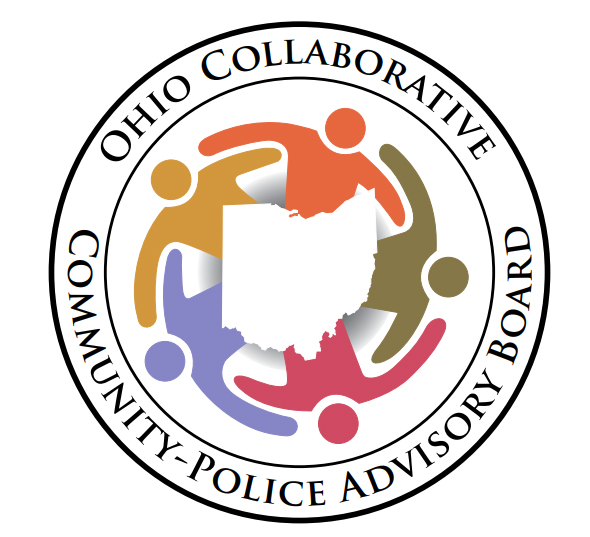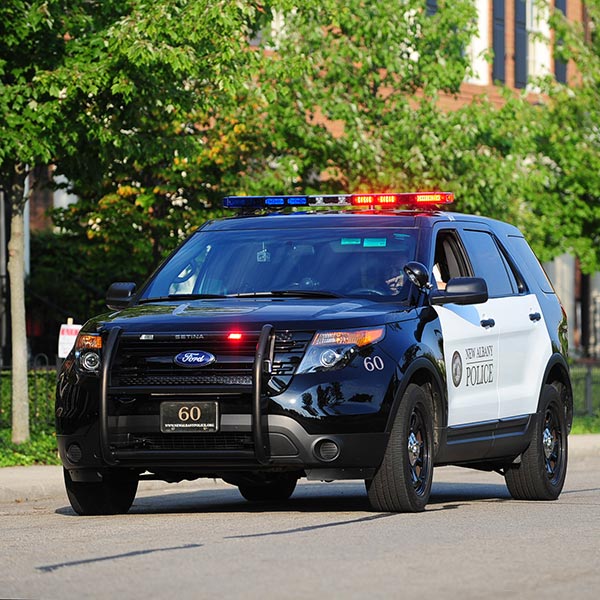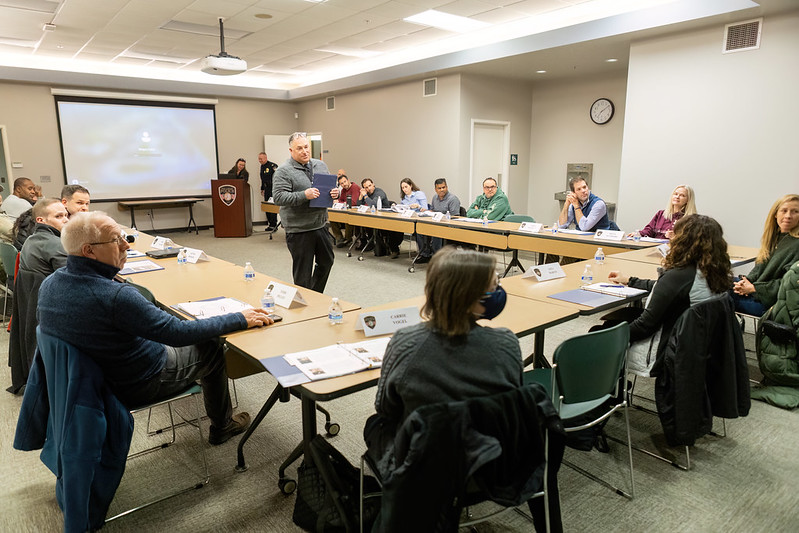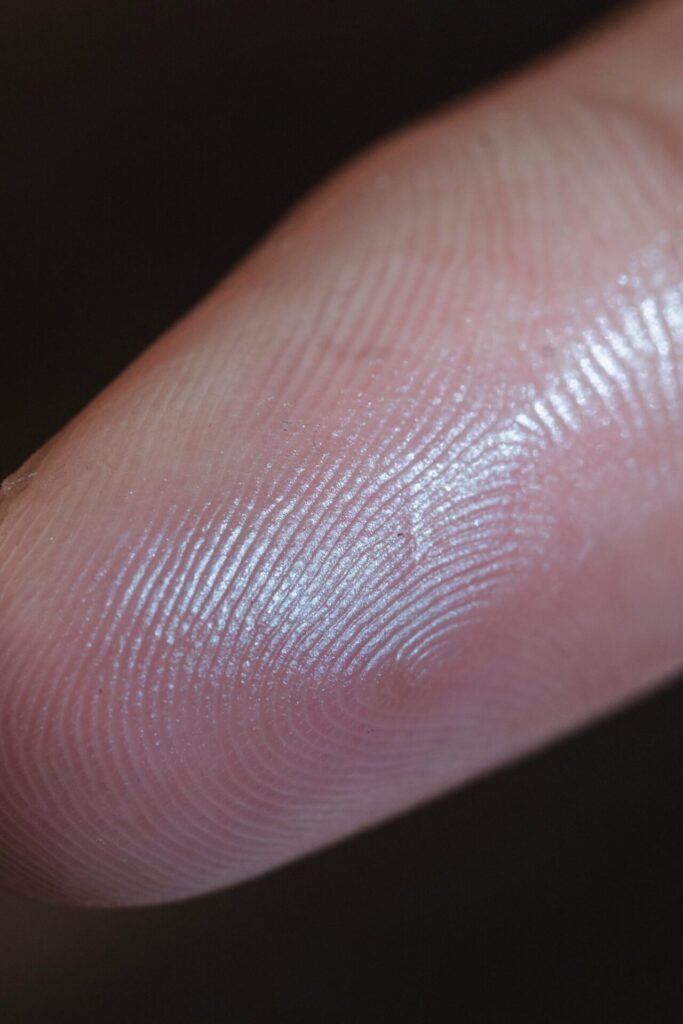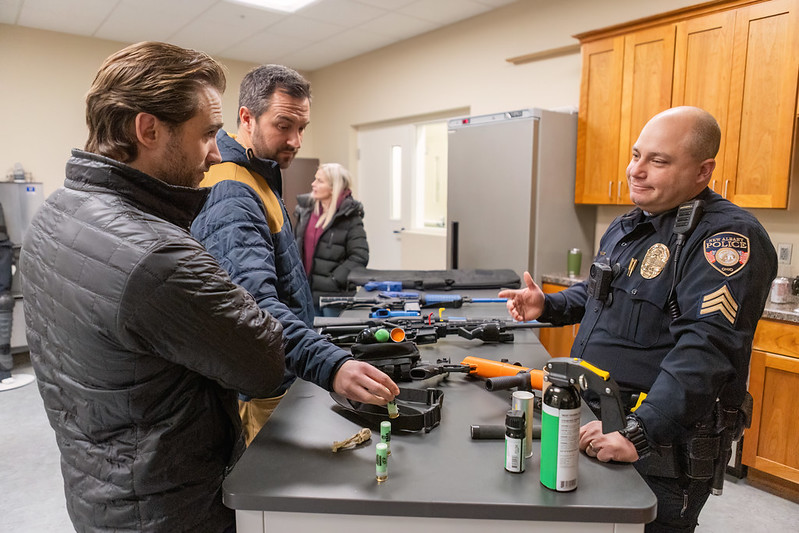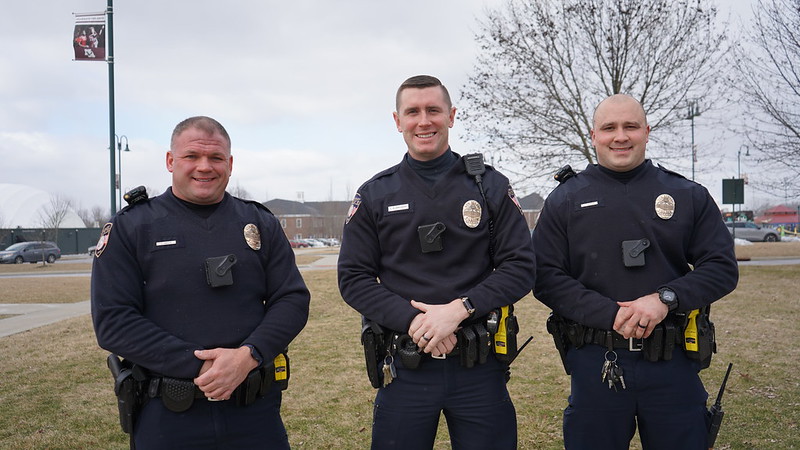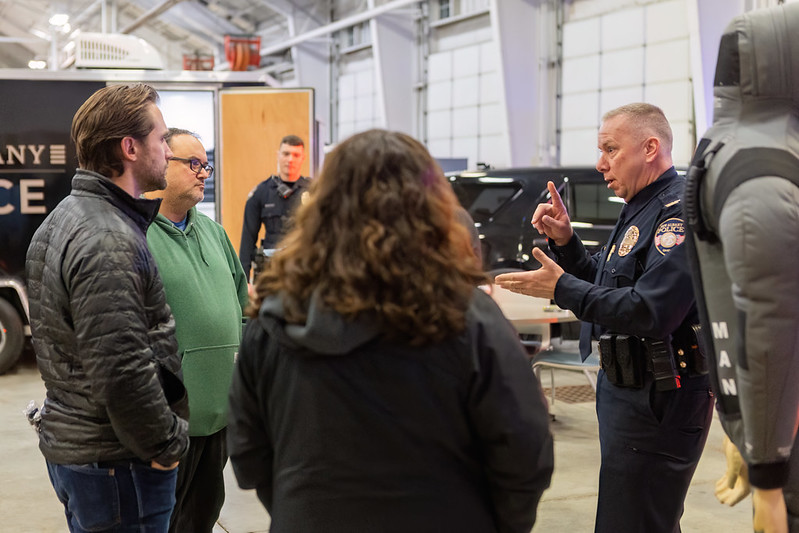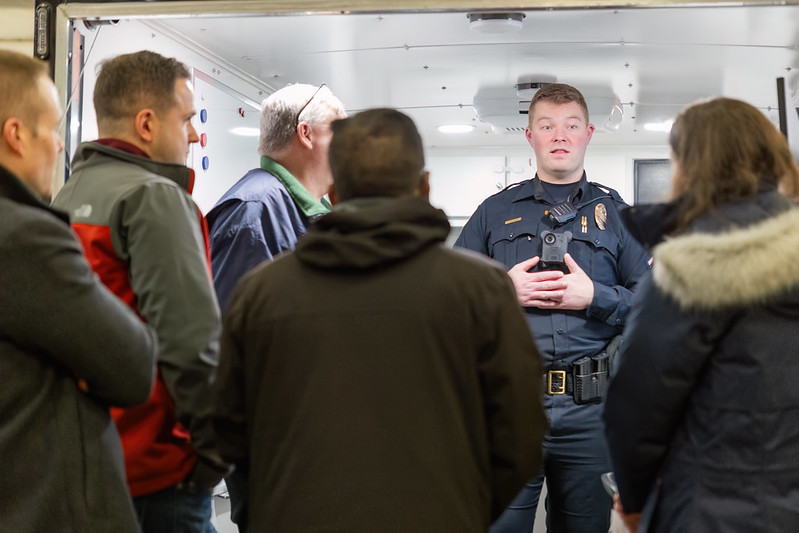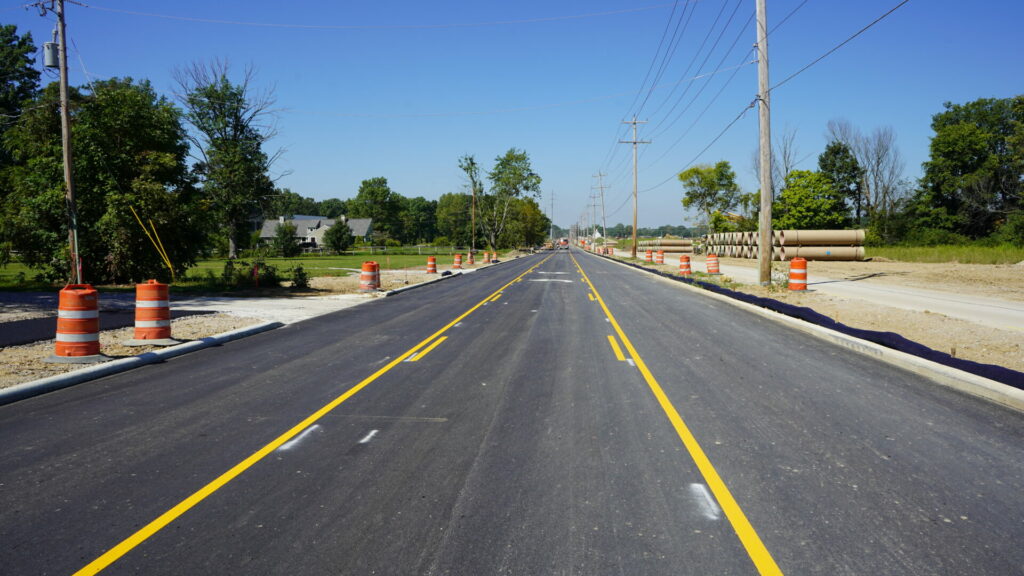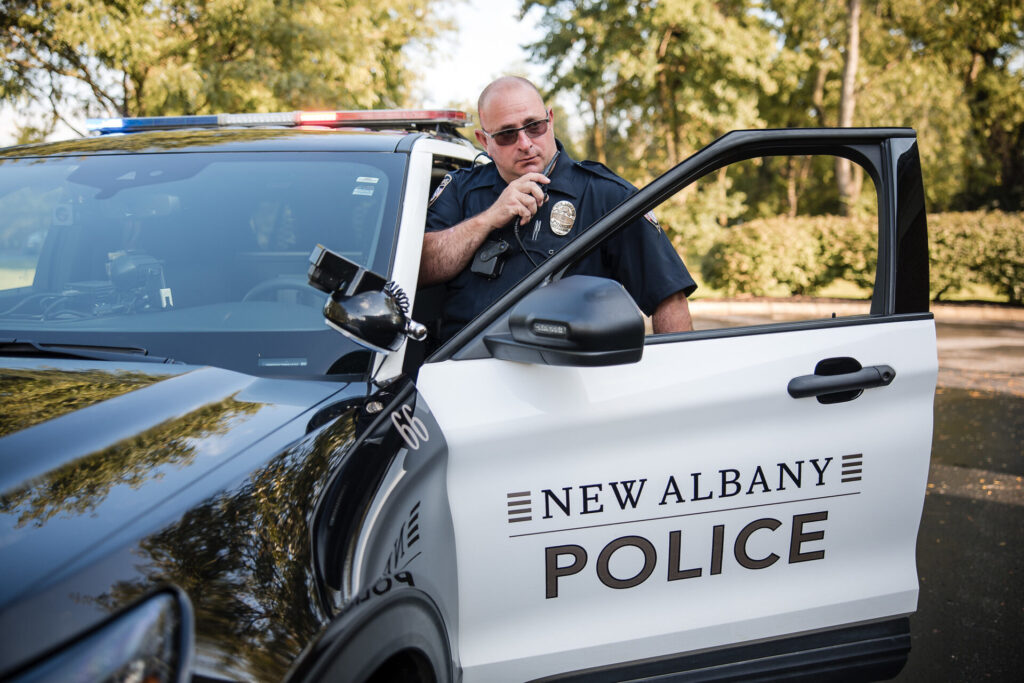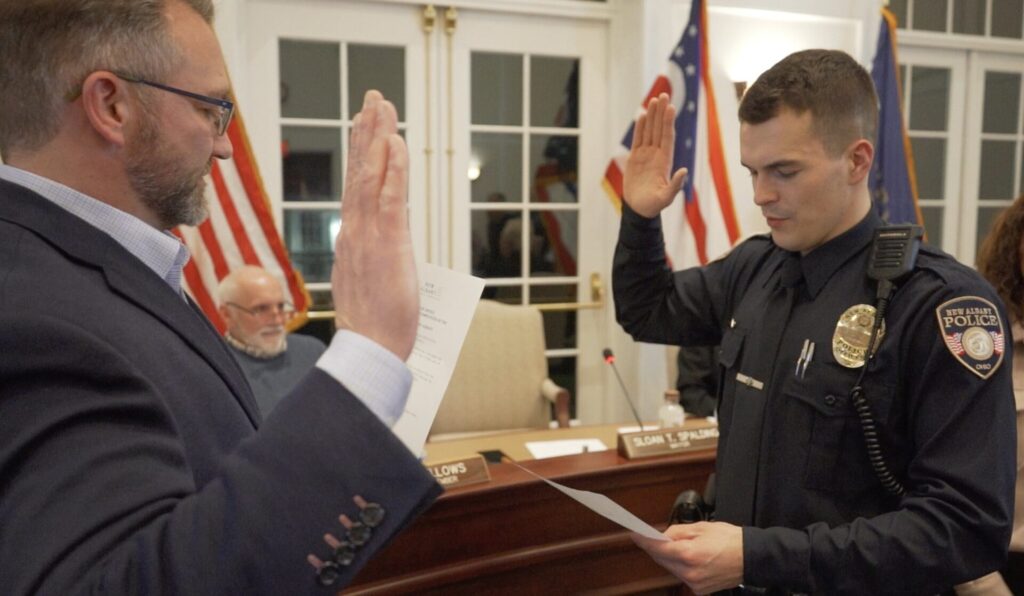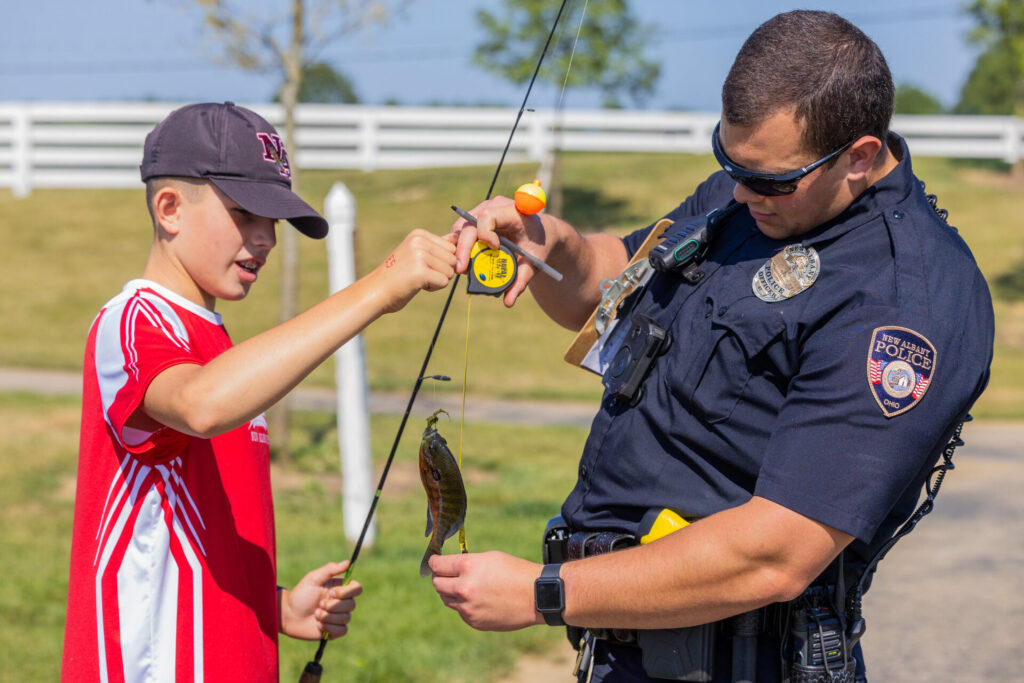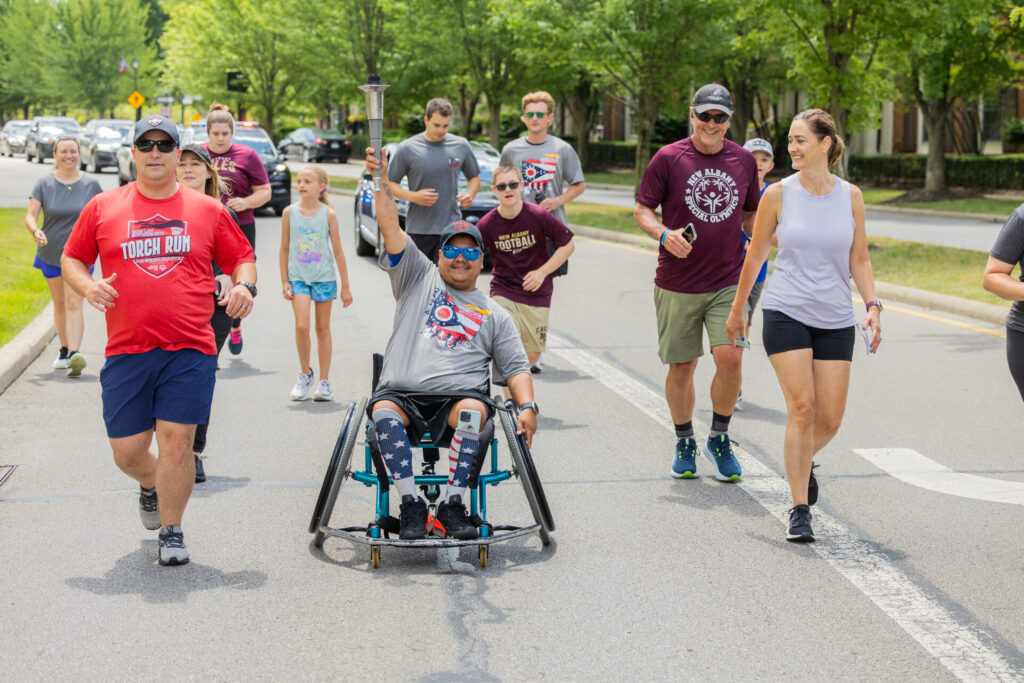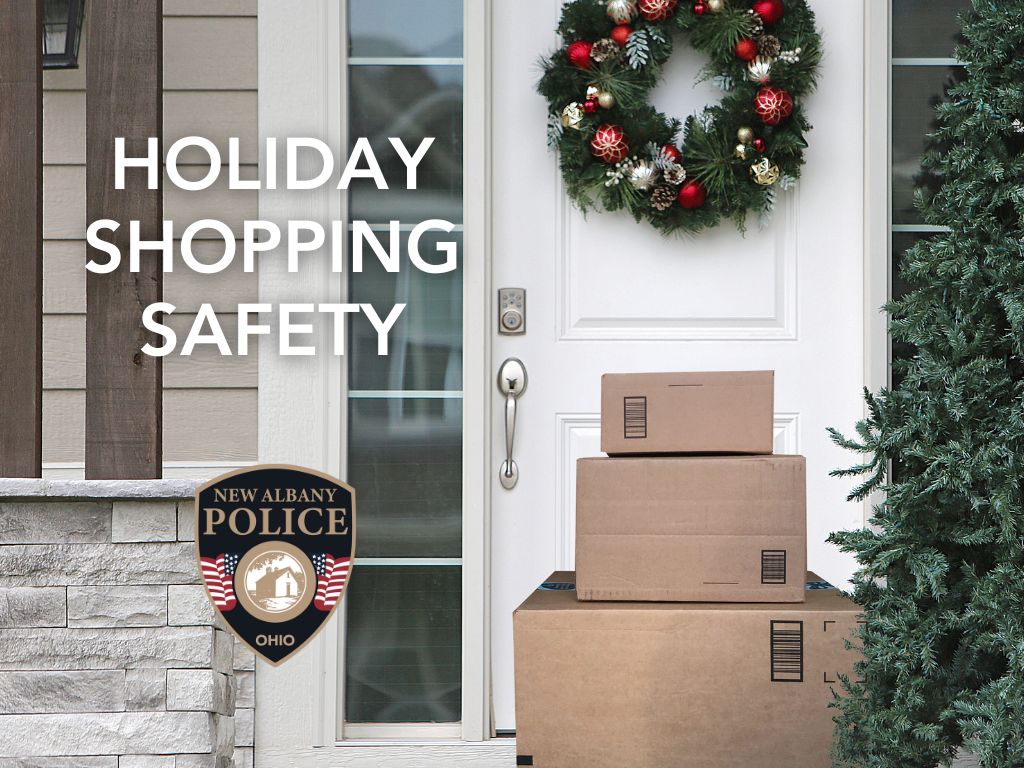9-1-1 dispatchers understand that callers may be under a great deal of stress and are trained to provide help in a timely and professional manner. So when calling 9-1-1, please keep in mind the following tips:
Stay calm
When callers are scared or agitated, they are sometimes difficult to understand. Staying calm helps get questions answered more quickly and the appropriate help dispatched more easily.
State the nature of your problem quickly and clearly.
Until dispatchers know the nature of the call, they cannot begin to ask the questions most relevant to solving the problem and sending help. So when calling 9-1-1, state the problem and be prepared to answer follow-up questions.
Be prepared to give your location and phone number.
In most cases when someone calls 9-1-1, the address and telephone number are immediately available to the dispatcher. However, cellular callers cannot be located unless they tell us where they are. If you don’t know an exact address, look for intersections or landmarks such as nearby businesses. Also, memorize your mobile phone number.
Answer the dispatcher’s questions simply and directly.
When asked yes or no questions, reply simply yes or no. If asked to describe something, be prepared to provide as much detail as clearly and concisely as possible. Also follow any instructions that the call-taker gives you for your own safety.
Don’t hang up!
Don’t hang up when you think that the conversation is over with the call-taker. The dispatcher on the phone is your link to the officer, paramedic or firefighters in route. In many cases, field units in route to a call may ask questions that the dispatcher needs to ask the caller. Also, staying on the phone during a crisis or altercation will potentially allow the call-taker to hear a crime or will let us know that you are safe.
9-1-1 hang ups
Per policy, New Albany police officers respond to all 9-1-1 calls where the caller either hangs up prior to the dispatcher completing the call, or when there is an open line or accidental call. Dispatchers will call the number back. However, a police response will also be sent in order to ensure that what the caller stated is happening is in fact happening. So if you call 9-1-1 accidentally, please stay on the line so that the dispatcher can speak to you.

